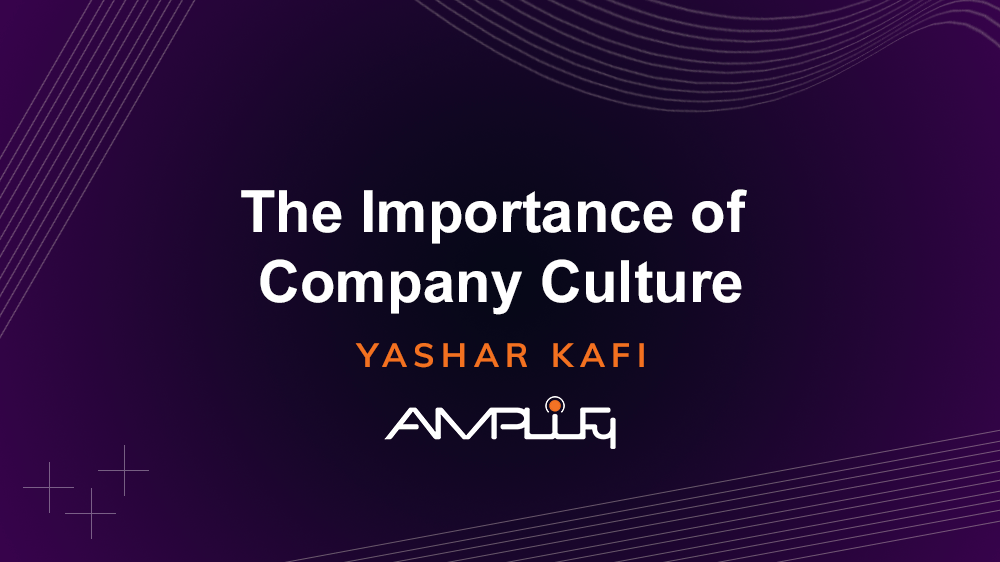The Importance of Company Culture
For all the talk about the complexities of company culture, the foundation is rather simple. Company culture is the internal functioning of your workplace (both in terms of formal and informal systems) influenced by your organizational approach toward accomplishing tasks. Like the “rules of the road,” your company culture is a signpost for the normative behaviors of your employees.
Every successful organization has a community culture founded on a set of shared beliefs. When organizations support this community, these organizations flourish in three key ways. First, employees understand how they should respond in any situation. Second, employees believe that an appropriate response is the correct response. Third, employees understand that, by behaving within the structure of their company’s culture, they will be directly or indirectly rewarded.
Why is Company Culture Important?
Directly impacting company performance on everything from finances to employee retention, company culture is the invisible influence affecting every aspect of your organization. Here, we will discuss the most beneficial outcomes resulting from a positive company culture.
1. Customer Service
In perhaps the most obvious example, studies have shown that employee happiness directly translates into employee efficiency, which in turn impacts your company’s ability to directly engage with customers. When a workforce is rewarding for its workers, this ultimately rewards customers.
2. Employee Retention
In the wake of the Great Resignation, employee retention has never been more critical. It is no surprise, therefore, that an inclusive and supportive company culture influences employees to stay at the company longer. When organizations provide employees with benefits that align with their company culture, such as good insurance and time off, employees are less likely to look for positions elsewhere.
3. Innovation
A culture of innovation is one where employees are encouraged to speak up with new ideas. However, this culture of comfortability does not come overnight. By incorporating inclusive leadership behaviors and systems, companies better poise their employees to share their ideas and adapt better to change.
4. Financial Returns
Both FTSE Russel and Great Place to Work have demonstrated, according to annual returns, the 100 Best Companies (those companies rated as the best for which to work) have experienced a cumulative financial return of more than 1,700% since 1988. Comparatively, during the same period, there was a 526% return for the Russell 3000 Index.
How to Build Effective Company Culture
Having identified the importance of company culture, next we will analyze keys to building an effective culture from the ground up. While defining your culture may seem like a difficult task, the best place to start is with reviewing your current norms to decide where and whether a change is appropriate.
1. First Things First: Start Now
More than most aspects of your business, there is no better place to start building your company culture than wherever you are now. No matter whether you have ten employees or one hundred, it is important to initiate conversations about the best practices to make your workplace distinct.
2. Identify Boundaries
It is impossible for any business to succeed without comprehensively understanding its own
goals and visions. The same is true with your company culture. Ask yourself: what experiences do you want your employees to have. What experiences you want customers to have? Perhaps most importantly, which behaviors are appropriate in your workplace and which are not—and why?
3. Lead by Example
If integrity is one of your company’s core values, then it is not only incumbent on employees to act accordingly but higher ups, as well. Establishing a strong company culture means that your mission, vision and values should be applicable to everyone. That is because every interaction with your coworkers, subordinate or otherwise, counts: every interaction is an opportunity to build trust.
4. Measure the Progress
At some point, all of us require a little motivation. Whereas even the best intentions can fall short, it is crucial to ensure that employees regularly receive constructive, non-judgmental feedback. By
monitoring trends, your company can make human resource decisions that benefit everyone.




